The ingredients list in our skincare and makeup are often full of names we can’t pronounce, let alone understand how they impact our skin. And let’s be frank, most of us don’t even bother to look through the ingredients that are used to formulate our favourite moisturisers, foundations and eye shadow palettes. While we would like to think that they are all formulated with chemicals that are safe for our use, this is not always the case. Some ingredients clog our pores while others might disrupt our endocrine system. We’ve thus uncovered four of our least favourite ingredients, why they’re bad and alternatives you can use so that you can make an informed decision on what you’re putting on your skin.
Silicone

Derived from silica, silicone has unique fluid properties that provide a lot of slip to a product. It is often used in leave-on skincare products such as primers, foundations and moisturisers to provide a silky, luxurious texture. Silicones also provide emollient properties, softening dry, rough, flaky skin, making it helpful in offsetting dryness that resulted from anti-acne ingredients like benzol peroxide. When used in moisturisers and anti-ageing skincare, it fills in crevices in the skin for a smoother appearance. Silicone is also hydrophobic and forms a seal over skin for “longer-lasting hydration”.
Why it should be avoided
While silicone is widely used in beauty products, it may not be great for our skin over time — more often than not, it forms a seal over the skin, and traps dirt, sweat, bacteria, sebum and dead skin cells in our pores, which dehydrates the skin and can cause acne and congestion under the skin. This film also prevents additional moisture as well as other skincare ingredients from reaching your skin. If you’re layering products over a serum or moisturiser that contains silicone, it will not be fully absorbed into the skin. Silicone’s hydrophobic properties also means that it can be quite hard to remove. We recommend double cleansing starting with an oil cleanser to really “melt” everything away before using your regular face wash to make sure you’ve got anything that’s potentially pore clogging off your face.
Silicones alone, minus the benefits of other ingredients in your skincare for instance, also do not bring any added long-term benefits for your skin. Instead, it fills in crevices and fine lines in the skin, making it seem like the product is working its magic but in reality, it’s a short-term solution. We suggest adding retinol, a powerhouse ingredient that is a derivative of Vitamin A that boosts cellular regeneration into your routine to even out skin tones, smooth out fine lines and fight acne.
While cosmetic-grade silicone does not present a risk to human health, we suggest that it is best avoided for acne prone skin due to its ability to trap debris in pores, especially in products that are used on a daily basis.
What’s on the label
Silicone is often listed as “siloxane” or “cyclomethicone” in the ingredient list of cosmetics and makeup. They can also sneakily be listed in ingredients with these endings: “-cones”, “-conols”, or “-silanes”.
Our favourite silicone-free products
Some of our favourite silicone-free products include the Laura Mercier Pore Canvas Primer that is an essential step to our makeup routine. Its breathable formula allows for our makeup to stay on all day without clogging our pores. We also love the Farmacy Dew It All Total Eye Cream, a powerful moisturiser that de-puffs, brightens and minimises fine lines.
Glow Recipe Banana Soufflé Moisture Cream ($64.90)
Biossance Squalane + Antioxidant Cleansing Oil ($26)
Ilia True Skin Serum Foundation ($96)
RMS Beauty “Un” Cover-up Concealer ($62)
Laura Mercier Pore Canvas Primer ($70)
Farmacy Dew It All Total Eye Cream ($56)
Parabens & Phthalates

Parabens are a form of preservatives often used in cosmetic products to prevent the growth of harmful bacteria. It is often used with other preservatives to extend the shelf life of a product. Phthalates, on the other hand, are used as cosmetic plasticisers used to dilute nail polish, in fragrances to make them last longer, and as an anti-foaming agent. These chemicals are most often found in makeup, moisturisers, shaving products, fragranced body lotions and nail polish.
Why it should be avoided
Phthalates and parabens are endocrine-disrupting chemicals that disrupt hormonal functions and may be linked to an increased risk of breast cancer. Whilst parabens do extend the shelf life of our beauty products, which is a big plus, there are some controversies surrounding the use of these chemicals in skincare and cosmetics. Lab studies have found that these chemicals mimic estrogen, alter hormonal signalling, affect reproductive systems and disrupt normal mammary developments. Another study on the correlation between estrogen in beauty products and child development reported that girls ages one and eight developed enlarged breast or pubic hair after they started using products containing estrogen or placenta. These symptoms reversed once they stopped using these products.
While there are still debates on whether endocrine-disrupting chemicals have such an adverse effect our bodies, we think it is better to err on the side of safety. Since these products are applied to our skin daily, we should be aware of how some ingredients could negatively affect us. After all, recent studies suggest that these chemicals can still induce biological responses, even at very low doses of around 1%, due to our frequent usage of the product. At the very least, these studies have made us question the safety of the chemicals used in our products.
What’s on the label
Parabens are often listed as methylparaben, propylparaben, butylparaben and ethylparaben. A good indicator if the product contains parabens is to look for the suffix “-paraben” on the ingredients list.
Phthalates are often listed as DEP–diethyl phthalate and to a lesser extent, DBP–dibutyl phthalate. An easy way to spot phthalates is to look for the suffix “-phthalate” in the ingredients list. It is often hidden under “fragrances”.
Our favourite paraben & phthalate free products
One clean beauty product we can’t get enough of is Herbivore’s Moon Fruit Night Treatment. It’s packed with antioxidant-rich Superfruits that brighten and hydrate our skin overnight; we literally wake up glowing! As for moisturisers we can’t get enough of, there’s BYBI’s Babe Balm and Two Halves’ Better Balance Soothing Hydration Essence. Babe Balm is 100% natural, vegan and a dry skin savour. We love it as a lip balm or hand cream when our skin needs an extra boost of moisture. Meanwhile, we love using Two Halves as our daily moisturiser as it’s packed full of botanical extracts that calm and soothe the skin whilst keeping it moisturised.
Herbivore Botanicals Moon Fruit ($90)
Two Halves Better Balance Soothing Hydration Essence ($85)
OLIO E OSSO Tinted Lip Balm ($42)
BYBI Babe Balm ($35)
Too Faced Born This Way Foundation ($61)
Acquarella Nail Polish ($26.90)
Mica

Mica provides a delicate shimmer that is present in almost every cosmetic product, ranging from eye shadows, lipsticks to body lotions and eye cream. It is often used to create shine and makes the skin “glow” as mica reflects light away from the face, giving the wearer a softer, more youthful look. Dubbed “nature’s glitter”, natural mica ranges from silver and white to pink and purple tones, thus it’s often used as a colourant in makeup. It is also a very safe ingredient, with little to no side effects on almost all skin types.
Why it’s bad
While mica can be found in many parts of the world, a large percentage is mined from the Jharkhand state in India where poverty and child labour issues are rampant. This then brings about a host of ethical issues as mica is the only industry in the state, and many families are forced into it as their sole livelihood. The Guardian reported that due to extreme poverty, children are forced to work in mica mines where they are especially vulnerable to exploitation. Their families are also often reliant on them as a supplementary household income. Refinery29 estimates that 22,000 children risk their lives every day in the mica mines of Jharkhand and Bihar. Due to rampant corruption, lack of regulatory capacity and unregistered children, it is very difficult to enforce legislatives that protect these children from child labour. While the cost of mica on the world market can fetch up to $1,400 a kilogram, in India, miners are paid roughly 10 rupees ($0.14) per kilogram. Furthermore, these mines are also always at risk of collapsing, trapping the child underneath. These deaths often go unreported as 70% of these mines are illegal and unregulated by the government.
Mica also goes through many hands before finally reaching us, the consumers, thus making it very difficult to trace back its source and determine that it has been obtained ethically. The Guardian notes that the complexity of mica mining is that cutting off using mica completely shatters the industry that thousands of families depend on, thus, a “cut and run” tactic is not the best way to go about towards better mica. With all these concerns, it’s time we hold makeup and skincare companies accountable, especially when it seems like they’ve traded the lives of children for a profit. There should be a greater responsibility to clean up the supply chain and be involved in empowering communities that rely on mica mining.
Global organisations such as the Responsible Mica Initiative were started to help eradicate child labour in these mines. Furthermore , companies such as L’oreal and Lush have efforts in place to ensure that their mica sourced sustainably. L’oreal sources 60% of its mica in the US and has a sustainable procurement policy for mica mined in India. Meanwhile, Lush changed to using synthetic mica in 2013 when they could no longer ensure the sustainability and transparency of their suppliers.
How to spot mica in the ingredients list
Mica is often listed as mica, potassium aluminium silicate, and CI 77019 on a label.
Products that use ethically sourced mica or synthetic mica
Easy Peeler by Lush has eased its way into our shower routine with its gentle scrub made with cocoa and shea butter that moisturises our skin whilst removing dead skin cells. Meanwhile, the YSL Beauty Rouge Volupté Rock’N Shine lipsticks and Nars’ Afterglow Eyeshadow Palette have found their way into our daily routine. RockN’ Shine Lipsticks are made with plant-sourced glitter that provides a light shimmer onto our lips while the Afterglow Palette provides a warm spectrum of colours and tones perfect for everyday use.
YSL RockN’ Shine Lipsticks ($52)
Nars Afterglow Eyeshadow Palette ($90)
Bobbi Brown Crushed Liquid Lipstick ($39)
Lush Easy Peeler Shower Scrub ($13)
Urban Decay Stay Naked Threesome – Bronzer, Highlighter, Blush ($52)
Fenty Beauty Full Frontal Volume, Lift & Curl Mascara ($39)
Resources
Educating yourself on the ingredients that go into skincare and cosmetic products that you are use every day is important. While we would love to think that these products are formulated with ingredients that are safe for our skin, that is not always the case. We would also like to note that there are a lot of opposing researches done on this topic and an in-depth look into the relationship of personal care products and poor health outcomes can’t be done until it is mandated that all ingredients used in skincare and cosmetics are disclosed on the label. Ingredients can be hidden under the term “fragrances”, and companies often do not state where their mica is sourced from. While correlation does not always equate to causation regarding toxicity of parabens and phthalates, we think that it is important for you, the consumer to know the possible negative side effects of the ingredients in your everyday products so that you can make an informed decision. This list only scrapes the surface on the nasty ingredients hiding in our skincare, so we’ve included a list of resources that we find to be helpful in furthering our understanding on this issue.
- Toxic Beauty Doc
- Campaign for Safe Cosmetics
- Think Dirty App
- Skin Deep® by Environmental Working Group
Is natural better? Maybe, but it is also often more expensive than their “unnatural” counterparts and thus inaccessible to those who can’t afford high-end skincare. Understanding what goes into these products that we slather onto our faces every day, how it affects us and those involved is the first step to finding better skincare for you and those who made it.

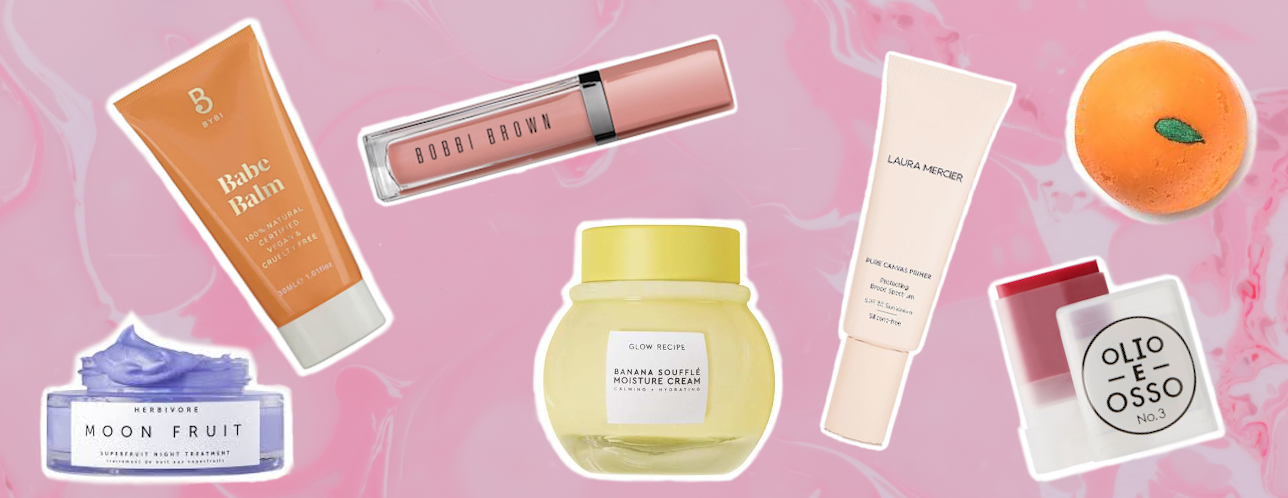
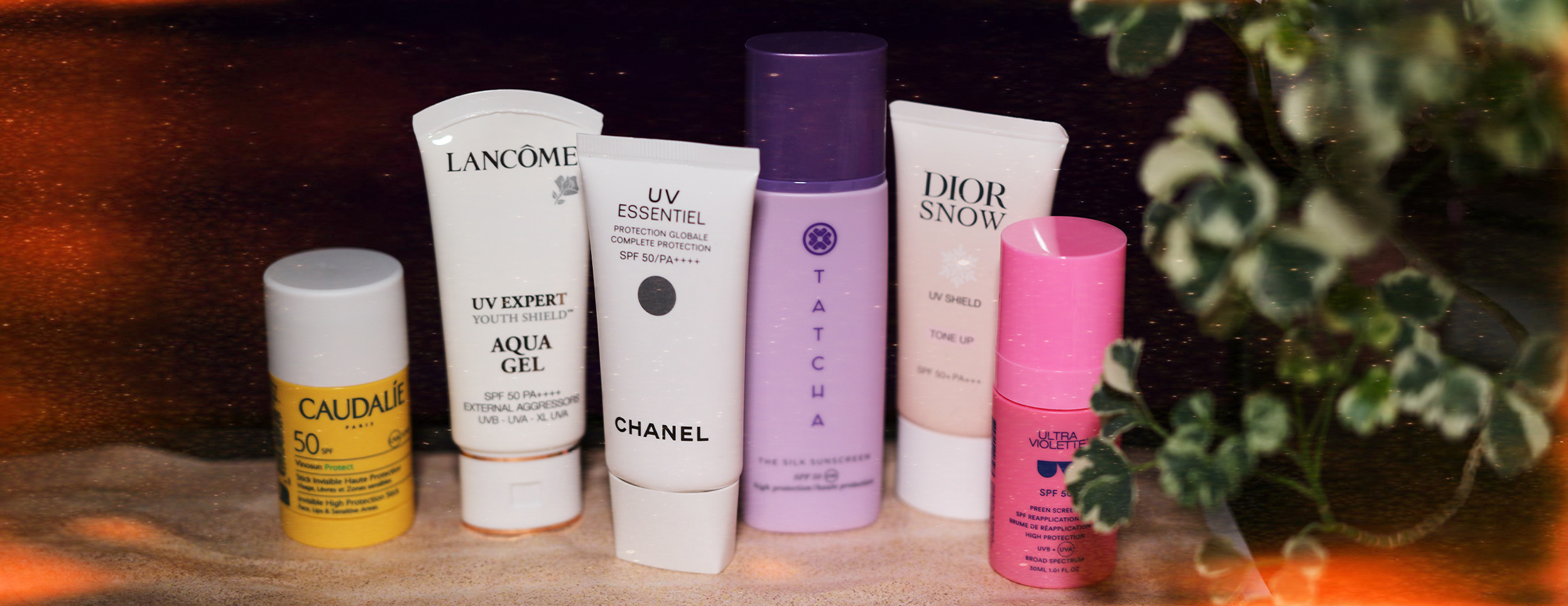
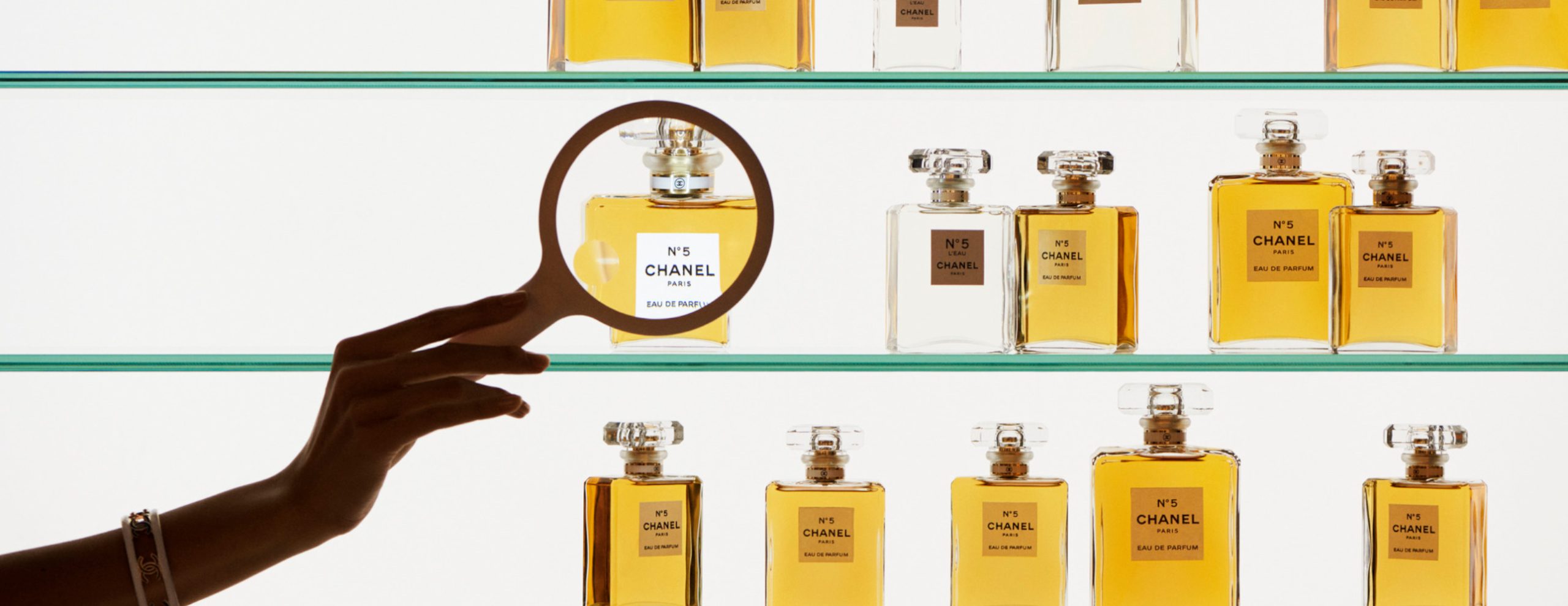
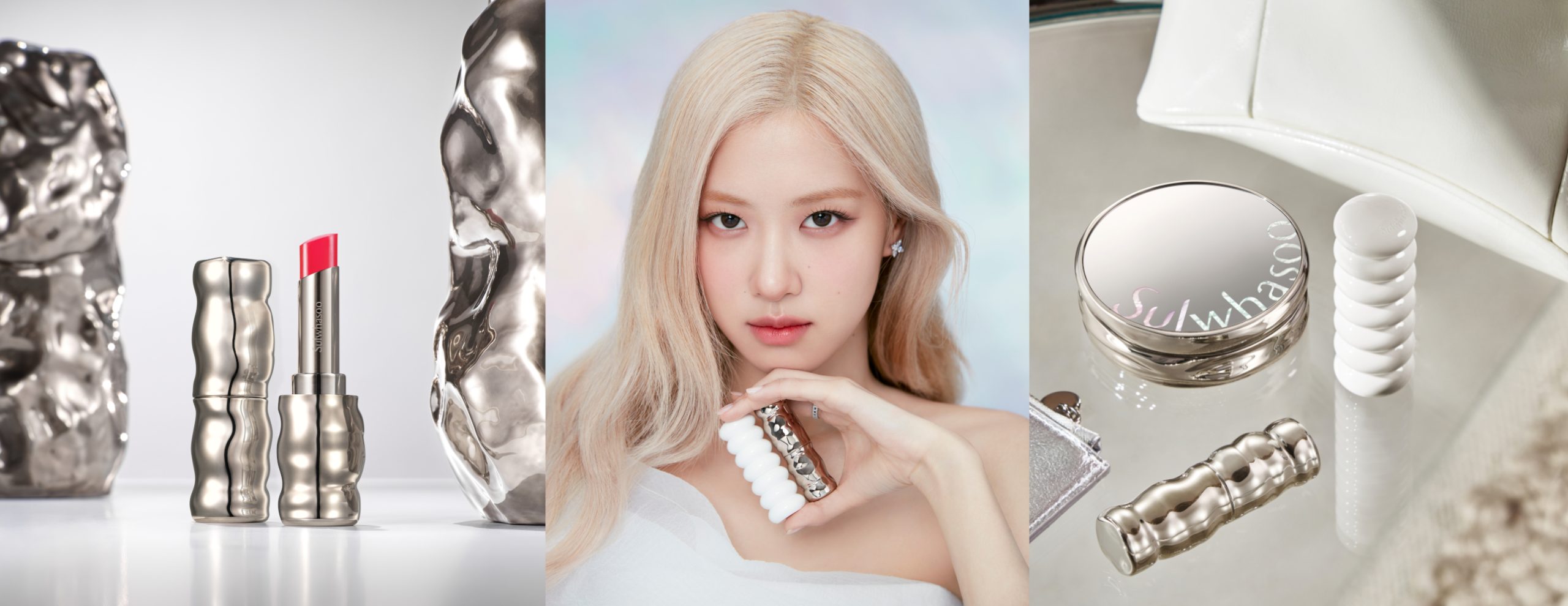
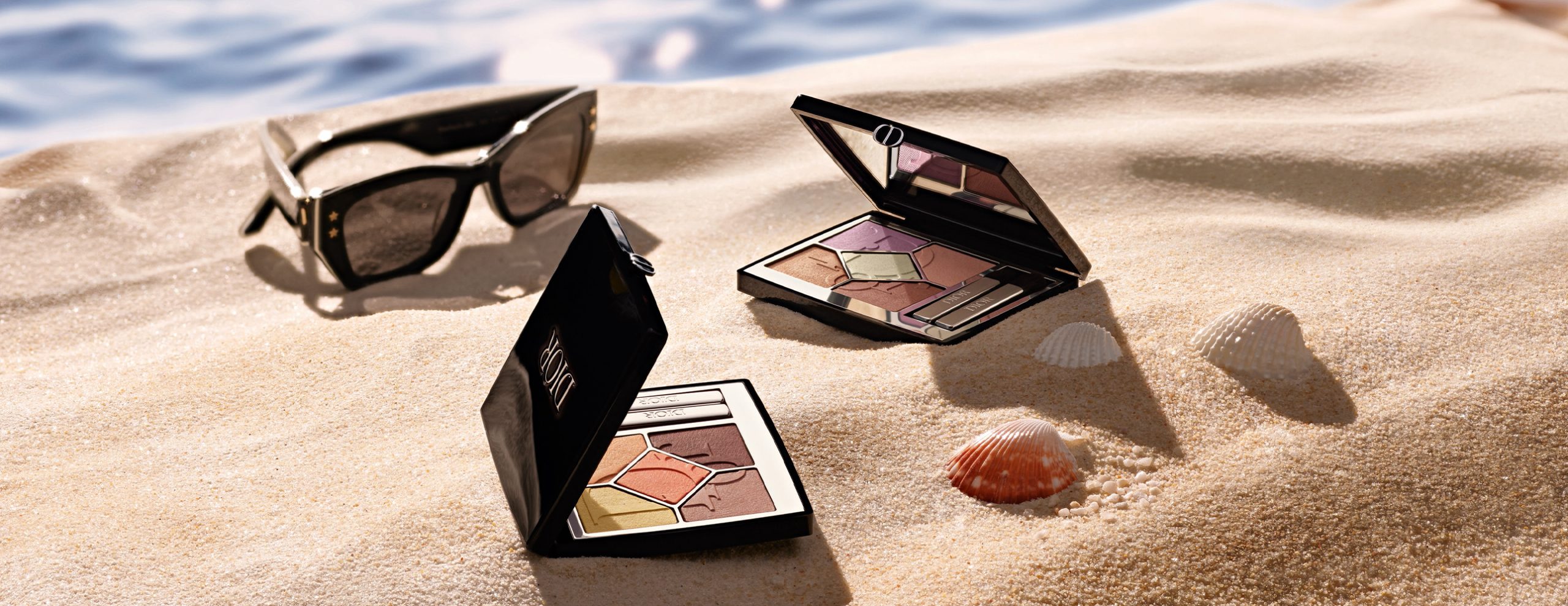
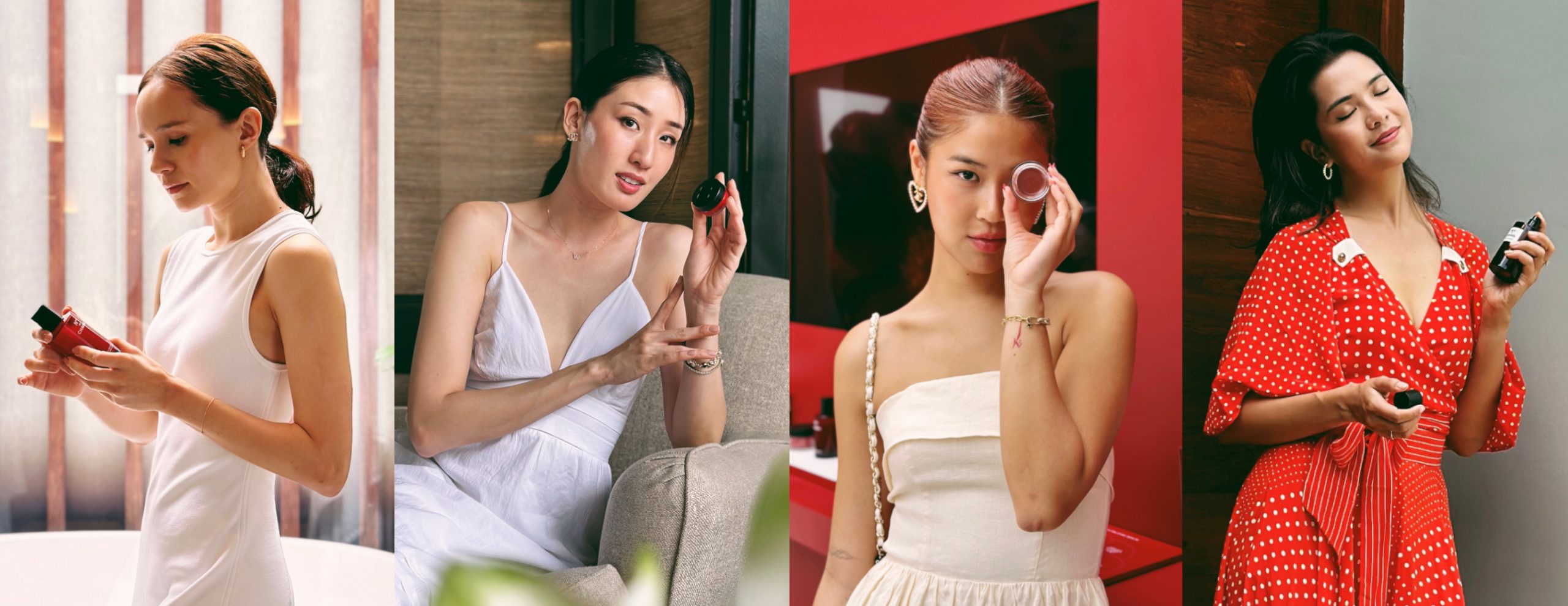
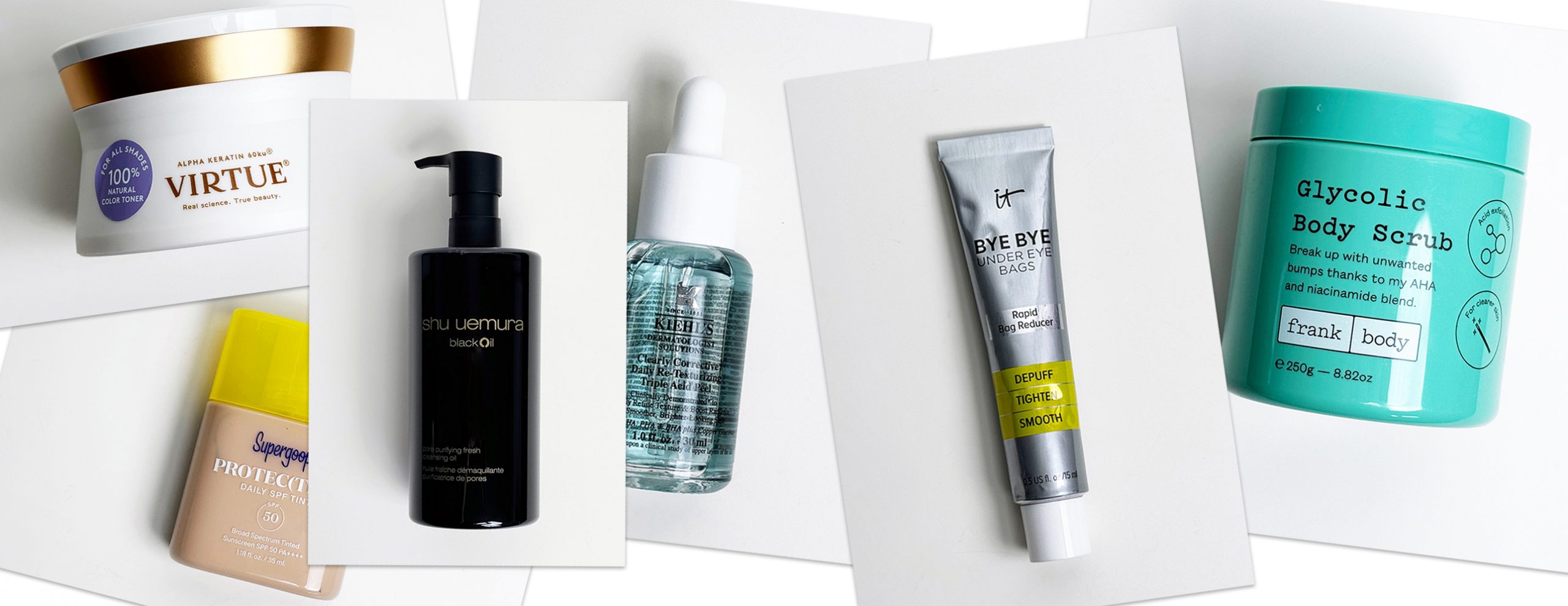
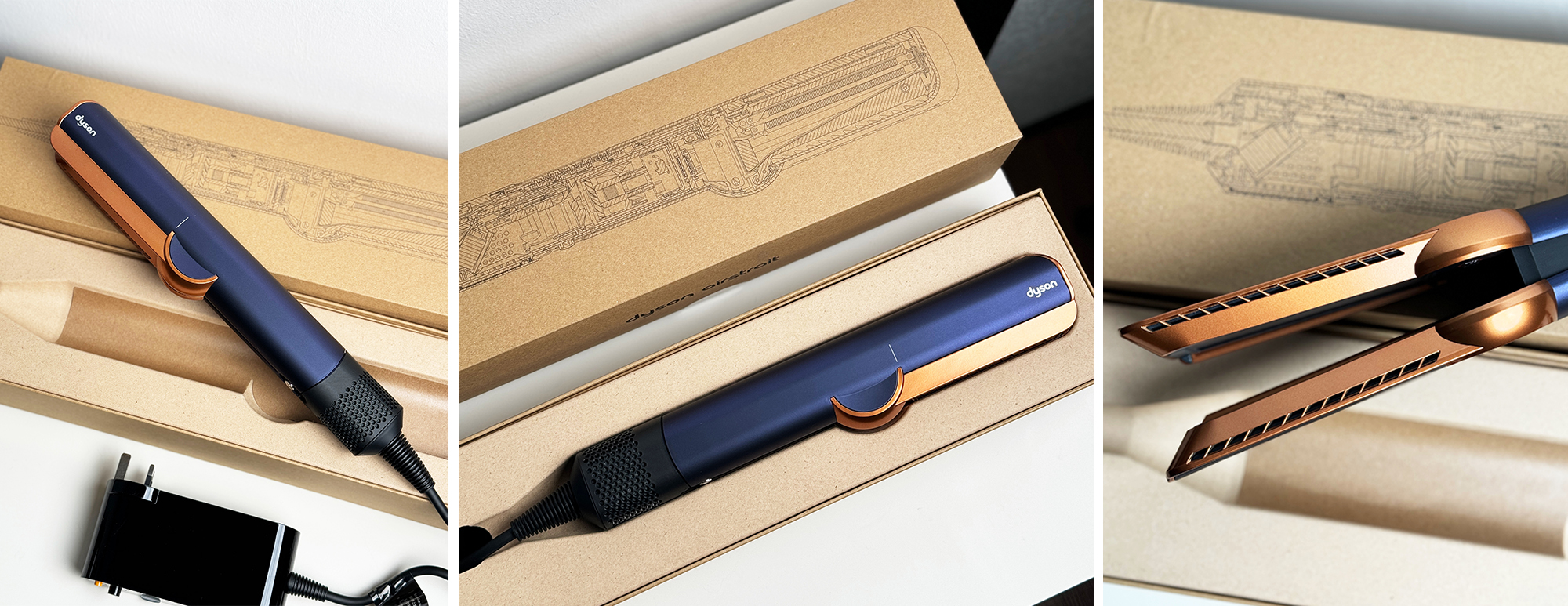
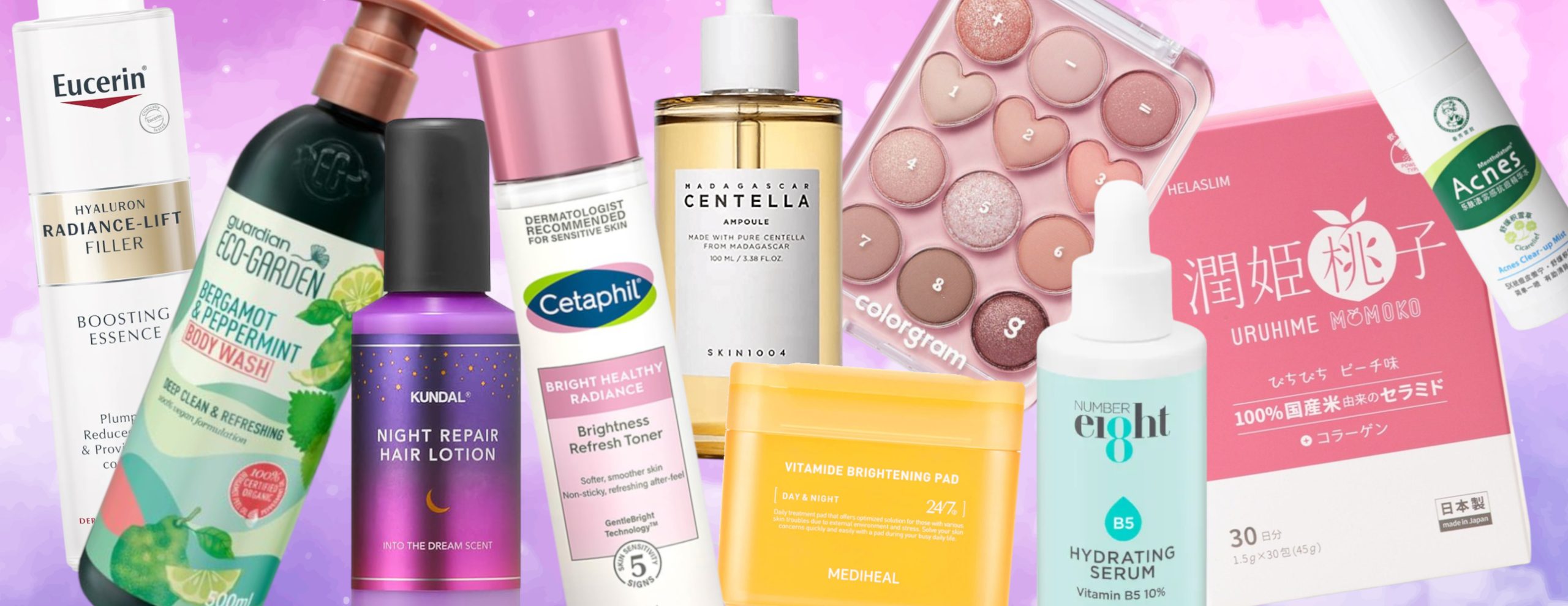

You must be logged in to post a comment.